A Rough Process
When you edit video, you can easily make technical editing mistakes. Editors have a rough job: watching through hours of footage, cutting down the footage into useable chunks, working and re-working material, cutting the fat, adding more drama.
It’s a constant process that doesn’t stop until that deadline approaches.
During that process, so many stressors can be at play: the amount of time needed to edit, burn out, client pressure, you name it. Decisions are made during that time crunch, and once down that path those decisions are set in stone. Making changes, going back and revising adds more time and more approval rounds.
It’s easy for things that need to be adjusted or changed to end up being overlooked in the midst of the process. Below are the top three editing mistakes that can happen in the heat of the battle:
1. Too many sloppy timewarps or mixing frame rates.
It can be difficult to fit footage to match music or VO. When clients are in the room, its even more difficult to check that the timewarps used actually look decent before moving on.
When timewarps aren’t good, you’ll see extreme choppiness during playback.
This is why it’s important to have a fast enough drive and system for playing back your files. If your system isn’t quite as strong, it’s important to be editing proxy files.
Sometimes the choppiness is not extremely noticeable. Maybe your creative or your client didn’t even catch it. But in the end, it still brings down the quality of the video and is less professional than using footage at original speed.
How to Use Timewarps Correctly

There are ways of using timewarps creatively that don’t lead to juddering frames. Using timewarps that double or triple the source frame rate won’t lead to judder frames.
If you add a timewarp at 200 percent, for example, the software will throw out every other frame equally so that you won’t see any stuttering. In contrast, a timewarp at 125 percent will throw out an uneven number of frames which leads to uneven, stuttery playback.
Frame rates can be complicated. Understanding how they work can be key to using them more effectively. Not knowing how to use frame rates can lead to many technical editing mistakes.
Check out this post on working with frame rates creatively:
https://www.thepostprocess.com/2019/02/08/a-creative-guide-to-frame-rates-for-editing/
Or download our free infographic of frame rates here:
https://www.thepostprocess.com/frame-rate-infographic/
2. Low quality source files
Editors don’t always know which files are compressed and which have good quality source files. It’s difficult to know which shots will hold up in an edit and which shots won’t ever look that great.
This can be true for audio as well as video. Audio files can be really noisy, tinny and require extensive clean up to make sound anywhere near decent. The nice thing about audio is that unless it’s sync sound, you can find better sources during post production.
Stock Footage Is Bad
With video, it’s a little more difficult. You run into this problem a lot with stock footage. Even the sources from stock footage sites can be very low quality which overall leads to your video looking cheap.
Lower quality files in an edit instantly give the impression that your video is low budget and isn’t important to watch. Consumers today are very media savvy and can tell what looks or sounds good and what doesn’t.
Another problem with poorly shot video can be under exposure, very shaky footage, rolling shutter, and over exposure. All things to look out for when editing.
Depending on context, lower quality might not matter. It’s supposed to look like home video (think Blair Witch). But most the time,
The whole video will be much more watchable and less distracting if you use replacement shots or audio for lower quality source files.
3. Extreme Push-Ins

There is an illusion that pushing into 4K, 6K and 8K footage will look fine because the source files are so big. It can be tough to gauge how far you can actually go with the amount of formats now available.
Editing with proxies makes it even more difficult to tell how far you can push-in because the files are already downconverted to HD.
Resolution is a tricky thing. It’s fairly subjective…up to a point.
Most of the media shot at large resolutions is intended to look good downsized. For expample, 4K media looks as intended at HD, 8K looks good at 4K, etc. The media looks the best without bigger moves than how it was shot.
There’s a common misconception that you can take a 4K frame and push into it 200 percent. 200 percent on 4K is HD. So
Wrong. This is a technical editing mistake. Doing this with any camera will definitely degrade the quality of your final output and will be visually noticeable.
How Far Is Too Far?
So how far can you push into footage shot at higher resolutions? Well, it depends….
Not only resolution but also lens selection, camera type, codec quality, and exposure, all influence how good or bad a shot will look if it’s pushed in.
If you started with a super sharp lens, with a high-quality capture camera at a large resolution, you’ll be able to get away with a bigger push-in than you would on, say, an underexposed GH5 shot with an 8-bit codec.
Pushing in on poorly shot footage will inevitably cause so many issues to reveal themselves.
Use Your Eyes

While this idea can seem intimidating, your eyes are your biggest allies. The technical specs are there to support what your eyes see.
While resolution is a good starting place to know how far you can push into a shot, using your eyes is better. Looking for good exposure and sharpness instead of looking at the numbers is a great start. Even a shot that has been down converted for editing can give you a good idea of how much you can push in.
The more you start to notice potential issues and pay attention, the better you’ll be able to judge how far you can push the footage. When creatives or clients ask, you’ll be able to confidently state your perspective.
This skill takes time. Eventually you’ll learn how you want it to look and what doesn’t look good to your eye.
Crossing Your T’s and Dotting Your I’s
During the edit, it’s tough to keep all these things in mind. Ideally, going through an edit once it’s close to approval is the best time to clean up your timeline. If you skip this step, technical editing mistakes can multiply.
Usually, creatives and clients are appreciative of this extra effort. It’s nice for your clients to feel like you are trying to make their video as great as it can be. It’s also wise to raise the potential issues before going to color and finishing.
Checking these factors can not only have a huge positive effect on the quality of the video, but save time and money for every part of the process; from audio mixing to color grading, finishing, and visual effects. Cutting down on the amount of technical editing mistakes will elevate your brand and content.
An editor with technical chops and good judgment can make the whole post production process much more seamless and higher quality.
Let me know in the comments below if you’ve experienced these issues or have other thoughts on them!

[…] For more editing check out this article on the Top 3 Technical Editing Mistakes: https://www.thepostprocess.com/2019/02/05/the-top-3-technical-editing-mistakes/ […]